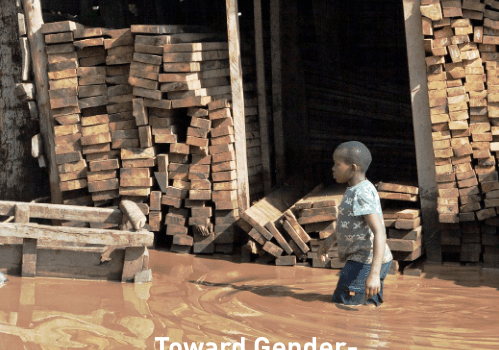Toward Gender-responsive and Technology-oriented Disaster Management in Eastern Africa – World
Eastern Africa is predisposed to natural and human-induced disasters such as droughts and floods, political and ethnic conflicts, and outbreaks of human, crop and livestock disease epidemics. This is particularly critical for women and girls. When disasters occur, they do not discriminate, but their impact does. Women and girls are often disproportionately affected by disasters due to existing gender inequalities that increase their vulnerability to disasters, heighten exposure to risk and restrain capacity, often resulting in a post-disaster downward spiral of poverty.
One way of enhancing the overall awareness and responsiveness to disasters is the development of gender-responsive disaster risk reduction (DRR) policies and the application of modern technologies such as artificial intelligence (AI) in disaster response. AI applications can help bridge the distance, in time and space, between citizens and authorities in those crucial first few moments following the disasters.
In light of the above, UNESCO under the auspices of the Government of Japan implemented a project on “Strengthening Disaster Prevention Approaches in Eastern Africa (STEDPEA)”. One key output of the project which ended in September 2021 is a publication titled: “Toward Gender-responsive and Technology-oriented Disaster Management in Eastern Africa”.
This publication documents the findings of studies that analysed the current institutional, political and decision-support frameworks associated with disaster risk reduction (DRR) in Eastern Africa to support the development and integration of modern technologies such as AI innovations, citizen science and gender-responsive actions into strategies and action plans for DRR in schools, higher education, communities and public sector. Covering ten countries (Comoros, Djibouti, Eritrea, Ethiopia, Kenya, Madagascar, Rwanda, South Sudan, Tanzania and Uganda), key recommendations for AI integration and gender mainstreaming into DRR policy instruments are also presented.
Readers would find this publication useful as the findings have the potential to influence policy decisions that drive investments for effective use of innovations in AI, citizen science and gender-responsive actions that can enable disaster resiliency in Eastern Africa.








Gloss